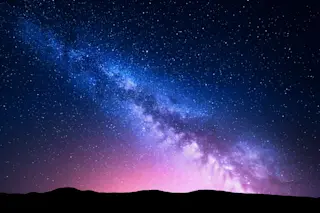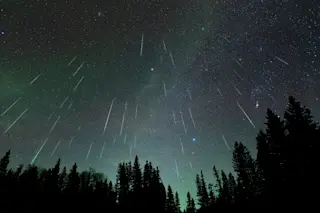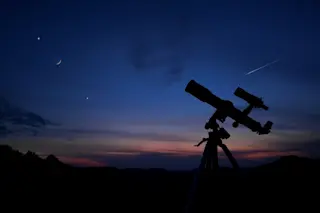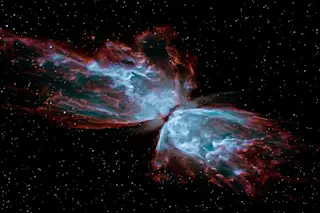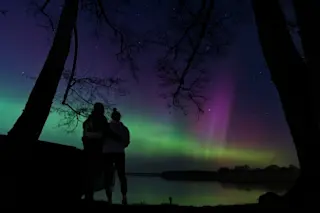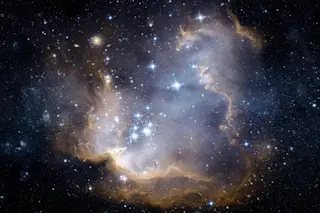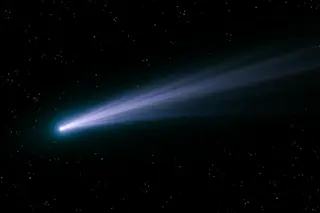Astronomy sleuths have found more than 50 planets circling other stars, yet have never seen even one of them. The planets themselves are so small and dim that they are completely hidden amid the starlight. The identifications come from an analysis of subtle variations in the light of each planet's parent star.
What science cannot deliver, however, imagination can. You can ponder the invisible planets while gazing at the suns they orbit, several of which are visible even to the naked eye. During May evenings, fourth-magnitude Tau Boötes lies high in the west. By autumn, anyone under dark skies can spot the slightly brighter Upsilon Andromedae. And in winter, third-magnitude Epsilon Eridani— the nearest star with a known planet, just 10 light-years away— is easily seen east of Orion's right foot.
But most people want to do more than stare at a bright dot in the sky. They want to ...








